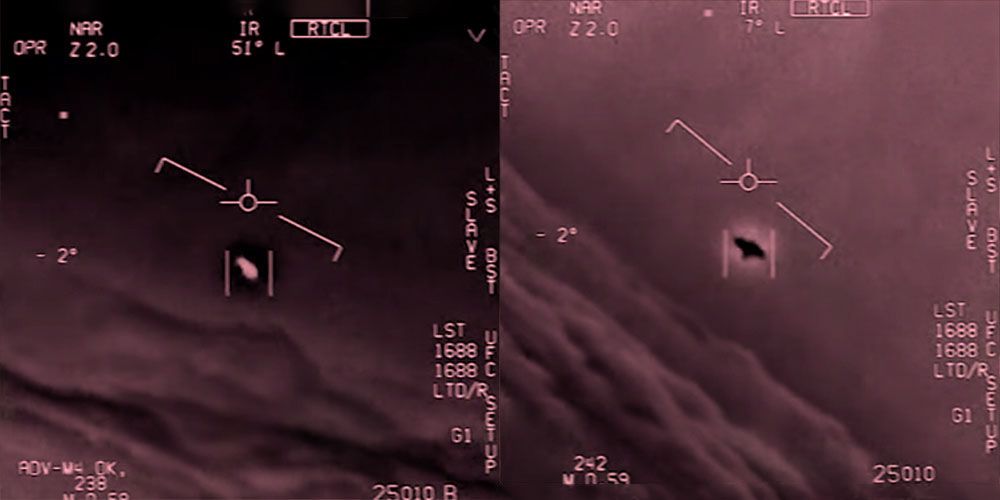If an extraterrestrial being exists on the other side of the galaxy, and you never communicate with it, does it even matter?
The Drake equation is kind of silly to me.
For one, we don't know how many different ways life could exist. We are carbon/water based, but there are an unknown number of other ways that might also eventually lead to intelligent life. But we know nothing about it. So, the equation itself is kind of too narrow to be useful.
Aside from that, look at the coefficients of the equation:
R - We have no idea, plus, a star suitable for life, based on what? Temperature, mass, size, metallicity?
fp - We have no idea
ne - We have no idea
fl - We have no idea
fi - We have no idea
fc - We have no idea
L - We have no idea
In fact, other than R and fp, if we even think that we will ever know the values of any of the variables to even one significant figure, we would be extremely self-important and overly optimistic.
Also, what about the possibility of life on a moon? Seems more likely to me that there would be life on a moon than a planet anyway. A star might have a dozen planets, and each planet probably has more than one moon, possibly dozens of moons. If we're looking for life that looks like what we know, then we'll be looking for life on a rocky planet with an atmosphere. Moons are rocky and can potentially have atmospheres. Planets can be either rocky or gaseous and may or may not have atmospheres, so hmm, focusing on planets alone is probably missing the majority of the potential. What about artificial satellites, if a civilization is so advanced, I don't think that's too far fetched to mess up the equation...
So the equation, as interesting as it may look from a sci-fi perspective, in real life, is absolutely useless.
All we do know is empirical data. We've visited exactly one star system, we've visited (with probes), what, four planets? One of those four has life. And one of those one planets with any signs of life have had intelligent life. And one of those one has had a civilization, which we have no idea how long will last...
So N = (possibly 1000/year) * (possibly 100%) * (25%) * (100%) * (100%) * (100%) * (at least 100 years) = 250. Obviously, our empirical data is garbage, because, not counting ourselves, N is empirically zero. Since 250 =/= 0, we are clueless, either because the equation is broken or because our data is negligibly sparse or maybe our assumptions are just wrong.
I think we want there to be other intelligent life out there and we want it to look like us, think like us, etc., but, if you think about it philosophically, there's no reason why this completely undefined thing should be any particular way we expect, just because we want it to. Maybe there's extraterrestrial life that's Germanium based, maybe it's gas-based, maybe it lives off of something other than solar power, and, maybe, just maybe, it doesn't care to contact us.
It's all Russell's teapot at this point. We can predict nothing; we can prove nothing; we can disprove nothing. Whatever information is in our dreams about ET life is going to remain in our dreams, probably forever.




